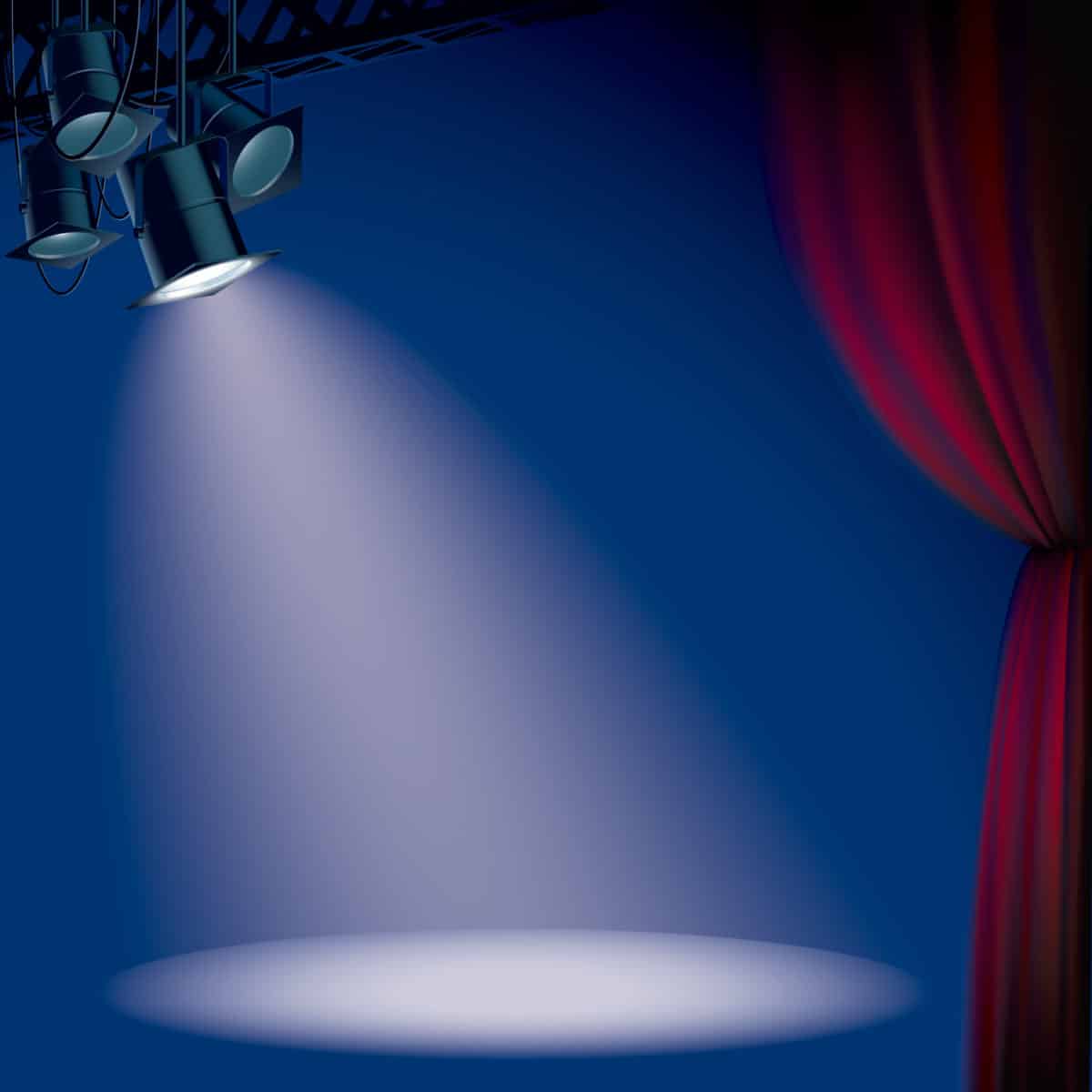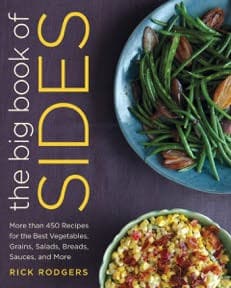If you do not own a celebrity cookbook, have never been tempted to whip up Gywneth Paltrow’s green smoothie, and don’t have the slightest curiosity to discover, first-hand, if Frankie Avalon’s meatball recipe is as good as your grandmother’s, you are in the minority of the cookbook-buying public. Today’s obsession with celebrities is nothing new, an extension of old-fashioned hero worship. Publishers know that familiarity does not breed contempt but can translate into enormous sales.
Perhaps the situation seems amplified because there are so many different kinds of stars in today’s mix — reality TV actors, royals and the people who love them, religious zealots, and bloggers, both foul-mouthed and prim. And, of course, celebrity chefs.
I have worked on over a dozen celebrity cookbooks, and they have become my main source of freelancer income. I’ve made this a niche for one simple reason: Celebrity cookbooks drive the culinary book market.
At print time, Barnes and Noble lists 199 books that they consider celebrity cookbooks, with celebrity chefs separated into another category. Amazon combines the categories. A study in the British Journal of Psychology indicated that about a third of the people studied qualified as suffering from “celebrity worship syndrome,” where the celebrity’s life becomes an obsession. Obviously, not every person who buys a celebrity cookbook is borderline pathological, but the desire to share a part of the person’s lifestyle does play into the purchase.
Here are some informative figures to put the role of celebrity cookbooks in today’s market into perspective.
According to sales figures from the nation’s top book wholesaler, Nielsen BookScan posted in Publisher’s Weekly, the bestselling cookbook of 2014 was Ina Garten’s Make It Ahead at 512,872 copies shipped. The second bestselling cookbook, also by a television celebrity chef, Ree Drummond, was The Pioneer Woman Cooks: A Year of Holidays, following at only 152,439. Look closely at those numbers —Garten sold three times as many cookbooks as Drummond, comparing these two books alone. However, Drummond had two additional titles on the 2014 list, Recipes from an Accidental Country Girl and Food from My Frontier, to bring her total up to (only) 411,820 copies. The combined total of approximately 925,000 copies by two authors is enough to make editors want to publish celebrity cookbooks. Compare these numbers to most cookbooks. For midlist authors, a 10,000 copy first printing is substantial.
Granted, Garten and Drummond are phenomena. But so are Guy Fieri, Rachel Ray, Giada de Laurentiis and Sondra Lee, among many others. And whether they admit it or not, there are a lot of freelancers working behind the scenes of their books.
All celebrity cookbooks cannot be painted with the same pastry brush. Like all books, some are good, and some…not so good. The genre includes such short-lived books by Boy George, Liberace (who we can assume was an authority on cooking, as his home had eight dining rooms), and the rapper Coolio. Perhaps the most enduring, top-rung celebrity cookbook is by the horror movie actor (and accomplished gourmand) Vincent Price, who with his wife, Mary Price, wrote A Treasury of Great Recipes. This book is now in a new fiftieth-anniversary edition. I have made a sour cream orange cake from that book for a few decades.
I know people who actually learned to cook from the three books on Italian-American cooking by Dom Deluise. Readers related to those recipes, and made them want to get into the kitchen, something that many books sadly do not accomplish. I hope these cooks discovered Marcella Hazan after Deluise, but even if they didn’t, they still had some good eating and fun in the kitchen.
In my work as a freelance writer, I have to be chameleon-like and write in a style that is best for the book at hand. As a former actor, my ability to get under a character’s skin has been very helpful, to say the least. I’ve worked with name-brand restaurant chains and corporations, Grammy-award winners, movie stars, baseball players, and two “Real Housewives.” I’ve been an editor, ghostwriter, co-author, and recipe tester. Unfortunately, there are no Purple Hearts awarded for this kind of work. (Let me tell you about the time a client continued dictating her life story to me from the powder room. No, I won’t…)
something that many books sadly do not accomplish. I hope these cooks discovered Marcella Hazan after Deluise, but even if they didn’t, they still had some good eating and fun in the kitchen.
Paychecks are not optional in my business plan as a food writer. Writing cookbooks is my profession. I don’t always get to choose my assignments. When an editor calls me looking for help, I usually commit because, realistically, there are many other writers who would be willing to take the job. Sometimes my name goes on the cover as a byline, sometimes I am just listed in the acknowledgments, and other times, I go entirely undercover with an ironclad nondisclosure agreement. Sometimes I work “for hire,” but most often, I hold out for sharing royalties (which are not, as with any book, assured). Ghostwriting is not for everyone, but my ego is large enough that I can spare a little when working with a celebrity, who must remain the star. I also love being the person who makes the project happen.
That celebrities need help to write their books from the ground up (and writing book proposals is another income source) is no surprise. Their books are often written with very fast turnarounds to take advantage of a small window of opportunity, such as a hiatus on a TV series or a lull between movies or stadium shows. These quick deadlines are not for the faint of heart. You have got to know exactly what you are doing, and have top-notch recipe testing and writing skills. You have to think on your feet, and be able to gauge a recipe’s potential problems at a glance. Rather than send a recipe back and forth to a client, I have to fix problems as they occur, in the middle of a batter. If your food science talents are shaky, look elsewhere for work.
Gathering recipes is different for every book. One scenario (the best one) is to cook side-by-side with the author, as this is also a great way to hear useful anecdotes and catch the person’s voice. I have talked to the client over the phone to gather recipes, gotten favorites from the family grandmother, or from Xeroxes of mom’s recipe cards.
Often, to divide labor and save valuable time, a separate writer is hired to do the “autobiographical” writing, and I’ll just handle the culinary requirements. Other times, I do everything needed to get the manuscript done. The editor leans on the ghostwriter to save time on the production end, so, again, this is not a job for newbies. Knowing the metric system inside out is another important skill, as some publishers now require both metric and American volume measurements in their manuscripts. If you have to look up the weight of a cup of flour for each entry every time, you lose valuable time.
I would also suggest that if you want to do this kind of writing, it helps to be based in either New York or Los Angeles, in order to meet the agents and editors whose clients and writers need your services. At least my personal experience bears this out, for I met my first editor, Harriet Bell, at an aerobics class (!). It was a classic example of being at the right place at the right time. She had seen my contributions in books that she was editing, so my name was familiar to her. That was in 1985, and we have just finished another book together.
It would be true to say that I learned how to write by being edited. When I was redlined, I didn’t get huffy. Instead, I read the copyeditor’s comments and noted my mistakes. I had a general liberal arts education without the advantage of an English degree. But, because of my kitchen training and love of teaching, I was good at explaining the details that made the recipe work. My training as a caterer allowed me to think about the visuals of a dish and how it would look in a photo. These skills go a long way in the cookbook business.
Nonetheless, one of the reasons how celebrities are different from you and me is the amount of money spent on their cookbook photo shoots. In addition to the usual display of appetizing food shots, celebrity cookbooks usually include photos of the author in their
There are many moving parts to a cookbook, and art direction plays a major role. However, in a 2014 survey, again done by Nielsen BookScan, only 21% of those surveyed said that photography was an important deciding factor in their purchase.
Nonetheless, one of the ways celebrities are different from you and me is the amount of money spent on their cookbook photo shoots. In addition to the usual display of appetizing food shots, celebrity cookbooks usually include photos of the author in their awe-inspiring personal environment, often surrounded by photogenic friends and family. This plays into the reader’s desire to have a bit of their hero or heroine’s life on their bookshelf. For a recent book by one of my clients, the photo budget came in at $80,000 for around 100 images, including candid family shots. Most publishers do not pay for photography, and most of the contracts require the author to pay for this element out of their advance. For my self-authored books, a $20,000 photo budget is very flush.
One of the beauties of today’s publishing world is that there is a book for every kind of cook. You may read a book for Nigel Slater’s prose as well as his roast chicken. But the next person wants to read how Mrs. Reality Star sets her table with Hermès plates in a shade of red to match her nail polish. In either case, it is the writer’s job to ensure that the story gets told, the recipes work, the editor is happy, and my check gets cashed. ![]()
First published February 2016


